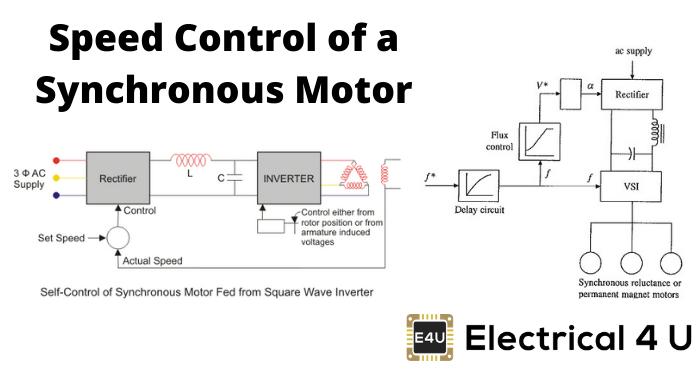Concept
Synchronous control is in contrast to asynchronous control. The content of a synchronously controlled led display is the same as that of the display that controls the computer when publishing and updating content. Once the computer is turned off, The display should be turned off accordingly. The asynchronous control system is not used. Once the content is published, the control computer connected to the display screen will not affect the display of the display screen after it is turned off.
Synchronous control is a commonly used industrial control technology. Synchronization, as the name suggests, is to coordinate the position, speed, torque, etc. between the master and slave according to a certain ratio.

The problem of synchronous operation of multiple motors is widely used, especially in multi-unit production lines and when driving the same load, but there are different requirements for specific applications. If the frequency converter and related supporting products are used, different functions can be realized more effectively. The supporting products mentioned here include: control appliances, inverter auxiliary options, sensors, PLCs, etc.
Working principle
There are generally two types of synchronous controllers. One type is used together with the tension system. The tension controller is also a synchronous control device. This type of synchronization is realized by the synchronization of the speed and torque.
The other type is The spatial positioning controller is position synchronization. It is generally used in the linkage between axes of robots, CNC machine tools, flying shears and other systems. It is a kind of position tracking and positioning between axes.
Synchronous controllers have embedded setting parameters, as well as directly programmable ones. With the development of technology, the application of programmable ones has gradually surpassed the former, which represents the development direction of synchronous technology. It can be connected and operated with other devices through communication technologies such as fieldbus.
The frequency converter itself is a computer control system, and each type of frequency converter is usually suitable for driving specific loads. For different application requirements with the same load properties, it is hoped that the inverter parameters can be adjusted to meet the process requirements. Therefore, various types of inverters provide users with a means to adjust the parameters of the inverter. The parameter adjustment method can be done manually offline through the supporting operation panel, or online through communication.
